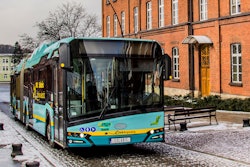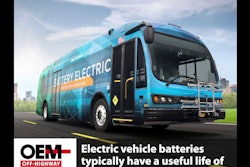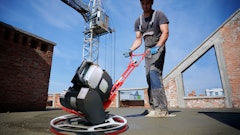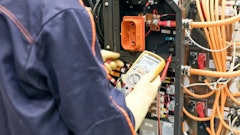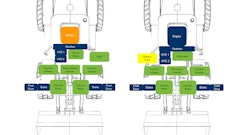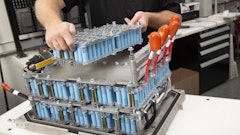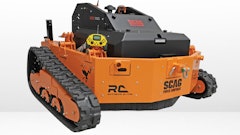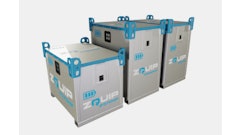The first batch of electric vehicle batteries are reaching their retirement age and the next 10 years will see a huge increase in the volume of retired batteries. According to recent research by IDTechEx, there will be over 6 million battery packs retiring from electric cars, buses, vans and trucks by 2030.
Batteries are the most expensive component of an electric vehicle. At the end of their service life, the retired batteries could still retain 70-80% of their initial capacity. Recycling is necessary in the end but before that, giving those retired but still capable batteries a 'second-life' in less-demanding applications such as stationary energy storage could bring tremendous value to a wide range of stakeholders across the automotive and energy sectors.
By 2030, second-life battery capacity will hit over 275GWh per year which presents huge opportunities for energy storage. However, many technical, economic and regulatory challenges exist that might make it difficult for companies to profit from second-life batteries. IDTechEx's latest report, Second-life Electric Vehicle Batteries 2020-2030, offers an in-depth analysis of key technologies, players, challenges and market opportunities across the second-life battery value chain. Second-life batteries connect the electric vehicle and energy storage value chains. The potential value of second-life batteries is impacted by how the batteries are designed and used in their first life in the electric vehicles, how they are collected and used in second-life applications, and the value of recycling. The value chain analysis in this report takes the lifecycle perspective to help stakeholders identify potential value opportunities. Key technical challenges are identified and companies that are developing technologies to improve second-life battery value are analyzed. This report also presents a cost analysis and the potential pricing mechanisms for second-life batteries. Existing business models of battery second use are analyzed and how service-based business models could facilitate battery second use is discussed in the report.
Based on conversations with over 20 industrial leaders in the area of second-life batteries and the expertise of IDTechEx's analyst team, this report presents a comprehensive analysis of the second-life battery industry and how it will evolve over the next 10 years. The 10-year forecast on the available capacity of second-life batteries from major electric vehicle categories, passenger cars, buses, vans and trucks (pure electric vehicles and plug-in electric vehicles), shows the potential size and constitution of the second-life battery market.




